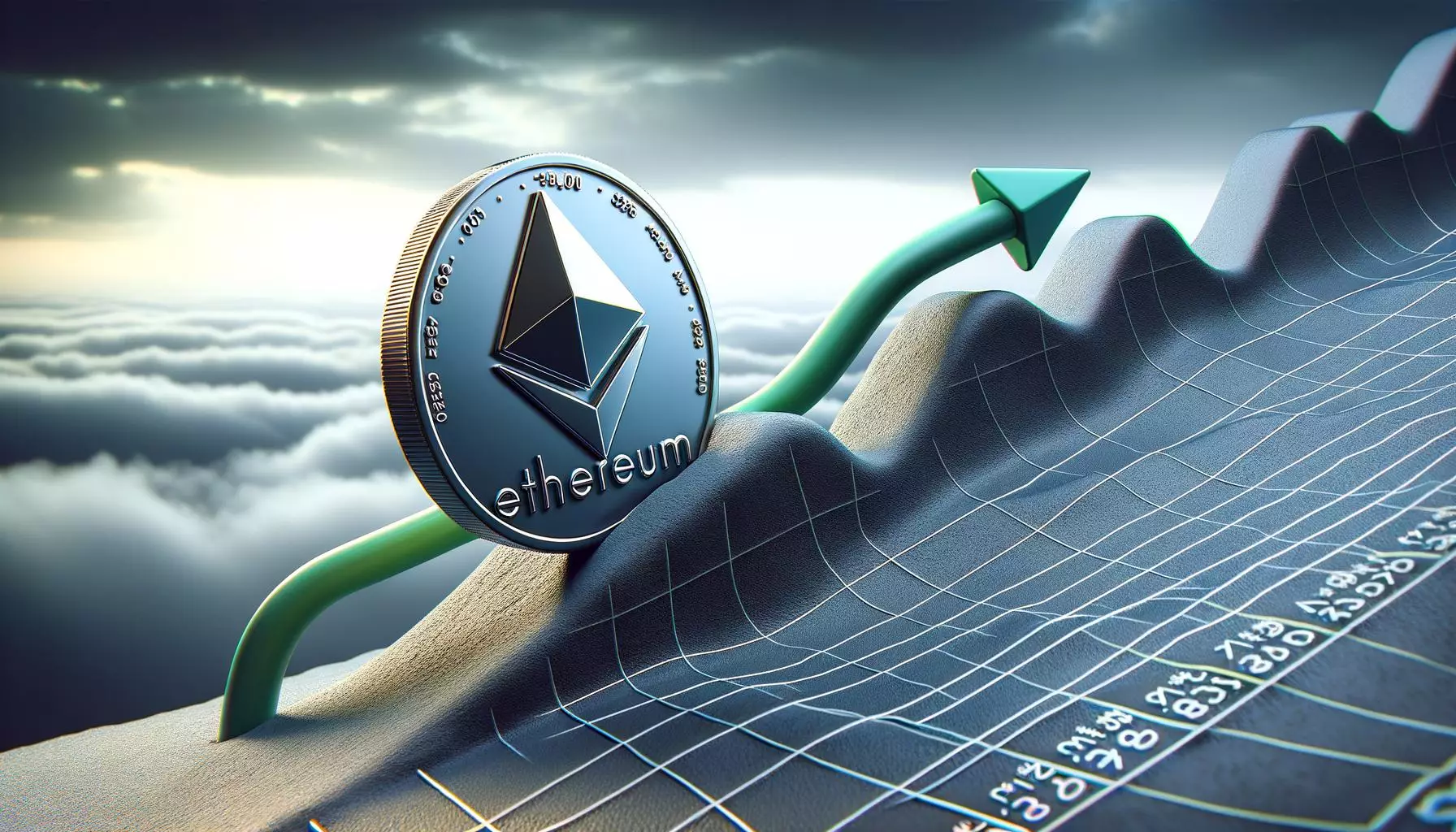In the evolving world of blockchain technology, two names frequently emerge in discussions about smart contracts: Ethereum and Solana. As developers and investors alike weigh the pros and cons of these platforms, emerging trends illustrate their unique offerings and operational strategies. While Ethereum grapples with scalability and gas fee concerns, Solana has gained traction, asserting its presence in the competitive landscape. However, a closer examination reveals a nuanced debate over the effectiveness and potential of each platform.
Comparative Analysis: Priorities and Trade-offs
Sreeram Kannan, the founder of EigenLayer, a platform specializing in liquidity restaking, offers a critical view on the differences between Ethereum and Solana. He emphasizes Solana’s focus on achieving low latency and global node synchronization. This focus, while advantageous in certain scenarios, may overshadow fundamental characteristics like decentralization and robustness. In contrast, Ethereum has taken a different route, prioritizing stability and decentralization. Kannan believes that these foundational pillars lead to a more reliable and comprehensive ecosystem, particularly for developing complex decentralized applications (dApps).
While both platforms have their strengths, the implications of their architectural choices cannot be overstated. Solana’s quest for speed, though impressive, has led to concerns regarding its long-term reliability and security. Ethereum’s approach, which emphasizes a more measured pace, may contribute to a more stable environment for dApps that require a consistent and verifiable performance.
The testimony from the EigenLayer founder sheds light on the current state of assets managed on Ethereum. With a staggering $12 billion in assets under management, Ethereum’s infrastructure offers significant value. This accomplishment is made possible by the integration of layer-2 scaling solutions, which augment the network’s capabilities. The concept of rollups has revolutionized how transactions are processed on Ethereum, contributing to rapid confirmation times that rival those of traditional web applications.
Kannan’s insights underscore the importance of programmability in Ethereum’s architecture. The ability to facilitate arbitrary decentralization of tasks is a powerful advantage that opens doors to innovative solutions. As developers look for platforms that offer not just performance but also flexibility in programmability, Ethereum’s architecture positions it as a favorable choice.
Furthermore, Mustafa Al-Bassam, co-founder of Celestia, concurs with Kannan’s assessment, highlighting that Ethereum’s rollup ecosystem remains the most extensive and successful in the market. As of late September, Ethereum’s layer-2 landscape manages over $38 billion, underscoring the growing confidence in Ethereum as a leading smart contract platform.
Despite the successes, Ethereum faces challenges that could impact its trajectory. The market has seen fluctuations in the value of ETH, with bulls struggling to maintain momentum above $2,800. As the platform evolves with layer-2 scaling solutions, there are concerns about the inflationary pressures these shifts may impose on the ETH token. Notably, the transition of transactions off the main chain can lead to decreased demand for ETH, as fewer tokens are utilized for transaction fees compared to previous models.
Additionally, enhancements like Dencun, which aim to make layer-2 transactions cheaper, demonstrate a proactive approach to addressing scalability. Yet, these advancements must be balanced against the sacrificial elements of programmability and verifiability that Kannan points out as limitations in other platforms like Solana. As Ethereum continues to innovate, it must remain vigilant against the dilution of its core utility.
The landscape of smart contract platforms is rich with possibilities and competitive tension. While Solana’s aggressive strategy has gained attention, Ethereum’s emphasis on stability, decentralization, and an expanding rollup ecosystem continues to solidify its foundational role in the space. The discussion surrounding these two platforms is not merely one of speed versus stability, but rather a complex tapestry where trade-offs define the future of decentralized applications. As the blockchain community moves forward, the dialogue will evolve, shedding light on the ongoing race to become the preeminent smart contract platform.

